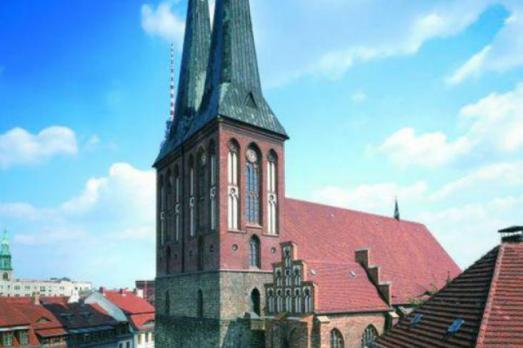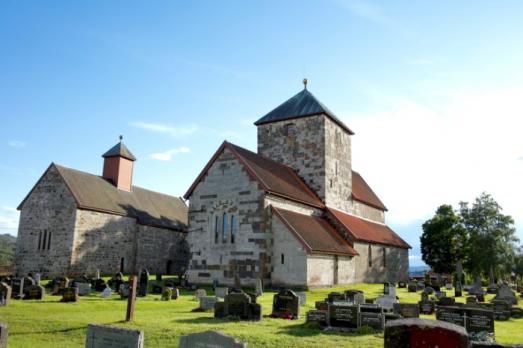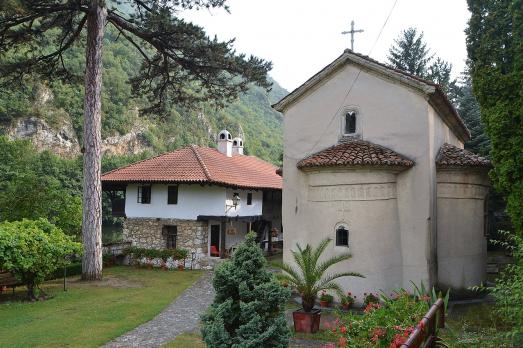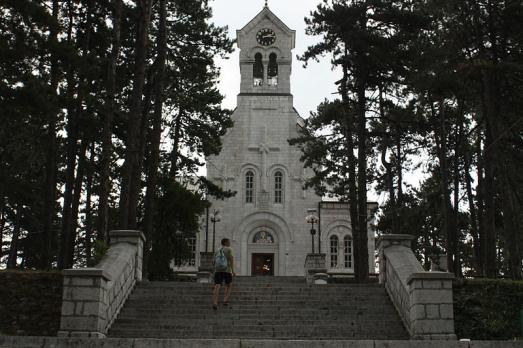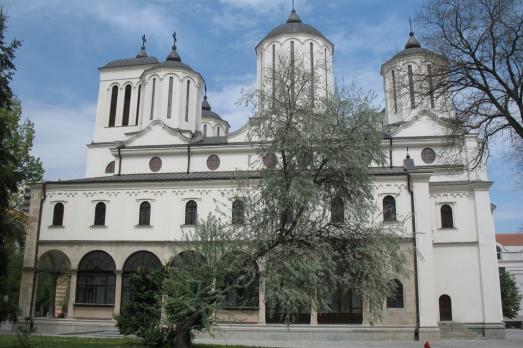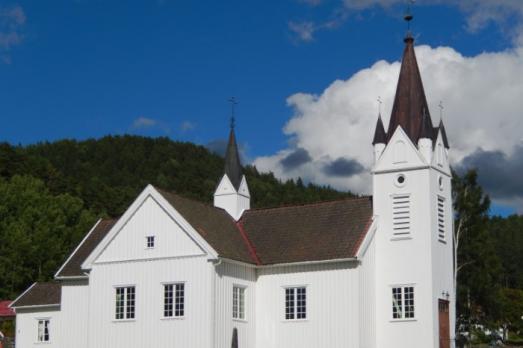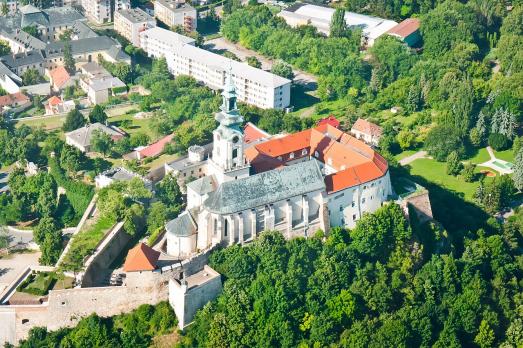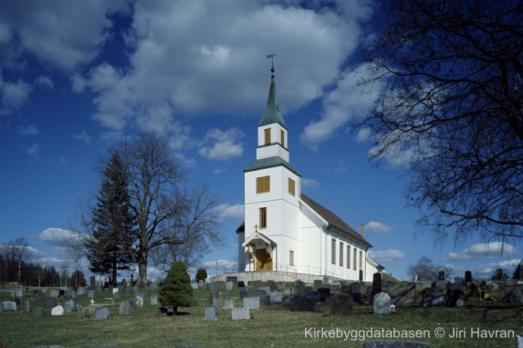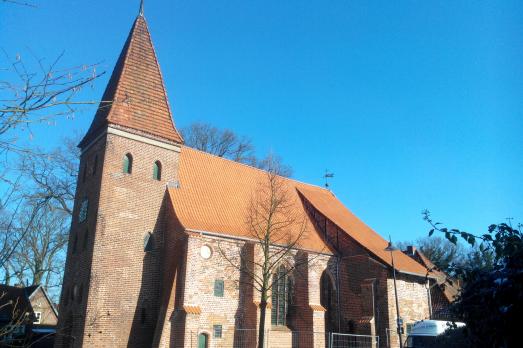
Nikolaihof Chapel
Bardowick, DE
The Nikolaihof Chapel is part of the architectural ensemble of the former leprosy hospital of the city of Lüneburg, the Nikolaihof. The brick chapel, which in its present appearance dates back to the middle of the 15th century and forms the centre of the Nikolai complex. It is a four-bay church with a polygonal choir and a square tower to the west, in front of which is the single main entrance.
